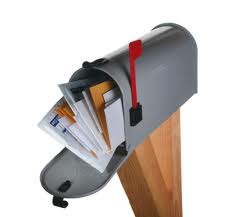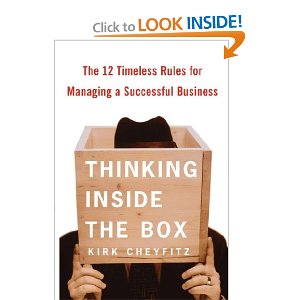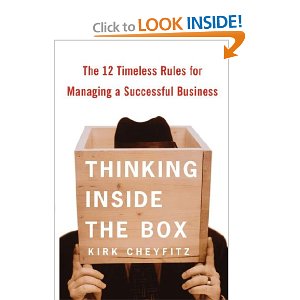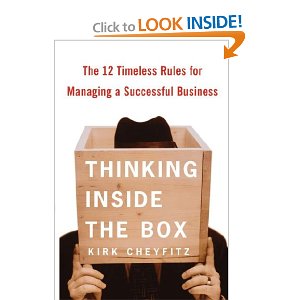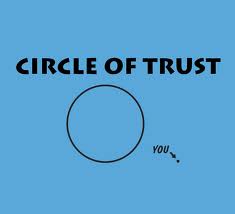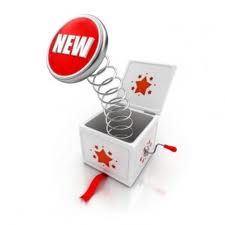 For the last few days, we’ve been talking about lapsed donors. On Tuesday, the discussion started with a personal example of a LYBUNT letter from HRC. Yesterday, we talked about one lapsed donor reactivation strategy that Gail Perry at Fired-Up Fundraising talks a lot about. Today, I am circling back around to the HRC lapsed donor letter that started this entire discussion.
For the last few days, we’ve been talking about lapsed donors. On Tuesday, the discussion started with a personal example of a LYBUNT letter from HRC. Yesterday, we talked about one lapsed donor reactivation strategy that Gail Perry at Fired-Up Fundraising talks a lot about. Today, I am circling back around to the HRC lapsed donor letter that started this entire discussion.
A few days ago, I was critical of the tone in HRC’s lapsed donor letter as well as their ineffective list segmenting efforts. Putting those criticisms aside, it is clear that the folks who constructed HRC’s LYBUNT letter were successful at employing a number of other best practices, such as:
- They tried to be very personal and mentioned me by name a number of different times throughout the letter and response card.
- They pointed to a number of their recent accomplishments in an effort to say that another investment from me would be well used by them.
- They spoke of a few deadlines to create a sense of urgency.
The best practice that I liked the most was that they included a survey in the envelope and asked for feedback. The survey started off with this language:
“Erik, if you have decided not to renew your HRC membership, please let us know why by completing this brief survey and returning it right way in the envelope provided. Your input will help HRC understand the reasons for your decision and help HRC strengthen our grassroots support . . .”
I really like this language because it clearly communicates one simple message:
“We’re listening and what you have to say is important to us!”
The survey was short and sweet and to the point. They asked the following four questions:
- Which HRC accomplishment are you most proud of helping make possible over the past year?
- Why have you decided not to renew your HRC membership for 2012? (please check all that apply)
- Which of the following statements best describes your view of HRC’s advocacy efforts?
- Please rank the following HRC advocacy priorities in order of importance (1 = most important)
Obviously, these were multiple choice questions, and the entire survey takes no more than 30 seconds to complete before sliding it into a “business reply mail” envelope.
What best practices have you used to reactivate lapsed donors? What have you seen other non-profit organizations do that struck you as particularly effective? Please share your thoughts and experiences in the comment box below. We can all learn from each other because no one has time nowadays to re-invent the wheel.
Here’s to your health!
Erik Anderson
Founder & President, The Healthy Non-Profit LLC
www.thehealthynonprofit.com
erik@thehealthynonprofit.com
http://twitter.com/#!/eanderson847
http://www.facebook.com/eanderson847
http://www.linkedin.com/in/erikanderson847



